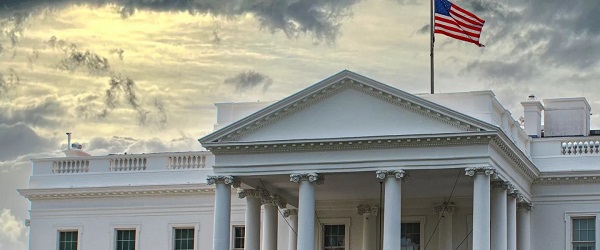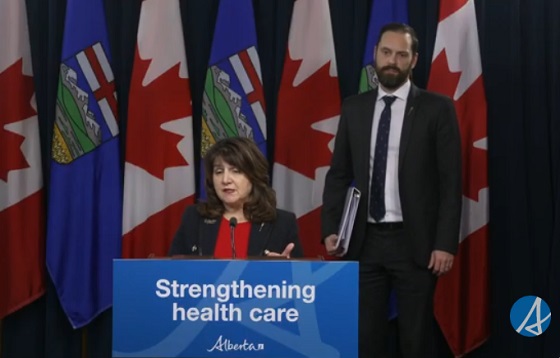Alberta
Emissions cap “will not be tolerated in Alberta” – Letter to Environment Minister Guilbeault
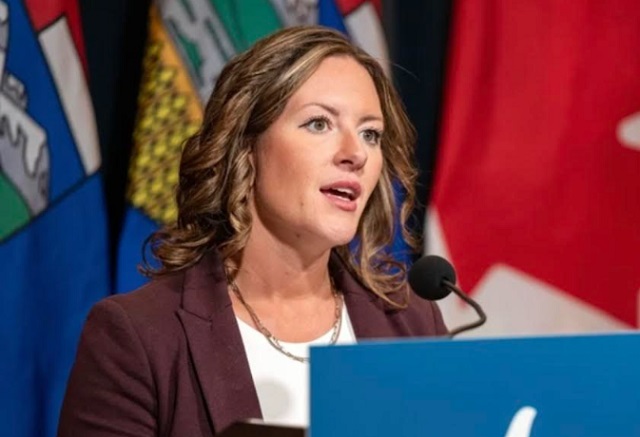
Dear Minister Steven Guilbeault,
The federal government’s draft Regulatory Framework to Cap Oil and Gas Sector Greenhouse Gas Emissions represents a de facto production cap on Alberta’s oil and gas sector. This cap is not realistic or effective, will not achieve its grandiose emissions targets, and will not be tolerated in Alberta.
Today, Alberta is efficiently and effectively regulating and driving emissions from all industrial sectors, including oil and gas, and has been doing so successfully for decades. Our technical submission outlines how your proposed oil and gas emissions cap will undercut this work, and the severe consequences that it will impose on Albertans and all Canadians.
In no way does Alberta’s technical submission alter our province’s position that the proposed emissions cap is unconstitutional. As set out in Section 92A of the Constitution Act, 1867, Alberta has exclusive jurisdiction to manage the rate of non-renewable natural resources production and operational aspects of their development in our province.
If implemented, this cap would have a devastating impact on the economies of Alberta and all of Canada. Analysis from the Conference Board of Canada shows that it would reduce Canada’s GDP by up to $1 trillion between 2030 and 2040 and create up to 151,000 lost jobs across Canada by 2030. Oil and gas production would be curtailed, tens of thousands could be out of work, and the economic impact would be felt from coast to coast.
We have identified an overwhelming number of flaws in your government’s proposed framework. For example, your assumed production forecasts – which form the basis of the cap – are from 2019. Alberta’s total oil and natural gas production has already risen past 2019 levels, and multiple forecasts project oil sands production to increase significantly by 2030. Similarly, the technologies needed to massively abate emissions in the oil and gas sector either don’t yet exist or aren’t being developed at the rate and scale that your modelling requires.
Many of these technologies and investments are supported by Alberta and will eventually deliver real and sustained reductions, but not by 2030. As well, our submission clearly demonstrates that:
• The proposed cap would violate Section 92A of the Constitution, and result in oil and gas production cuts and shut-ins in Alberta.
• It is based on a flawed regulatory framework and policy design that is ineffective, inefficient and will not produce the intended emission reductions.
• The proposed cap will negatively impact Alberta’s economy, as well as the economies of provinces and territories across the country, including the Canadian economy overall.
• It will undercut Canada’s competitiveness and drastically reduce investments in clean technologies like carbon capture, which are critical to meaningfully reducing emissions in the coming years.
• It is unnecessary and will undermine effective provincial-led decarbonizing approaches and initiatives already underway or proposed in Alberta and across Canada.
• It will lead to carbon leakage, with oil and gas production and greenhouse gas emissions increasing in other countries with less robust environmental and human rights standards.
Alberta is confident that the many of issues raised in this document are shared by other provinces and industry leaders, both within the oil and gas sector and beyond.
All greenhouse gas emissions have the same global impact, regardless of the sector or region in which they are produced. Instead of pursuing this unconstitutional cap, we are calling on your government to immediately halt further development and begin meaningful collaboration within established provincial regulatory regimes on oil and gas regulation and emissions reductions.
Alberta would welcome federal investment to help the oil and gas industry – and other industries – advance and adopt technology to reduce emissions to support our goals of carbon neutrality by 2050.
Alberta aspires to achieve a carbon neutral economy without compromising affordable, reliable, and secure energy for Alberta, Canada and the world. We know this relies on and requires investment to advance clean technology solutions.
We invite you to join us in implementing our Emissions Reduction and Energy Development Plan to achieve carbon neutrality while continuing the development of Alberta’s world-class natural energy resources for Canada and the world.
Sincerely,
Rebecca Schulz
Minister of Environment and Protected Areas
Alberta
Carney forces Alberta to pay a steep price for the West Coast Pipeline MOU
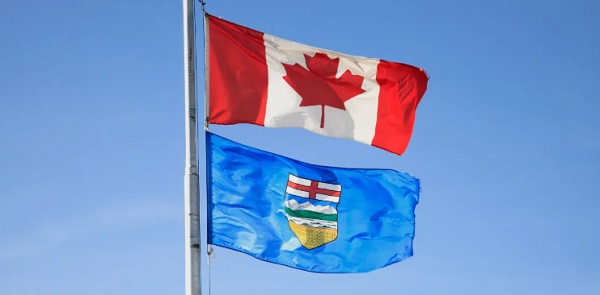
From the Fraser Institute
The stiffer carbon tax will make Alberta’s oil sector more expensive and thus less competitive at a time when many analysts expect a surge in oil production. The costs of mandated carbon capture will similarly increase costs in the oilsands and make the province less cost competitive.
As we enter the final days of 2025, a “deal” has been struck between Carney government and the Alberta government over the province’s ability to produce and interprovincially transport its massive oil reserves (the world’s 4th-largest). The agreement is a step forward and likely a net positive for Alberta and its citizens. However, it’s not a second- or even third-best option, but rather a fourth-best option.
The agreement is deeply rooted in the development of a particular technology—the Pathways carbon capture, utilization and storage (CCUS) project, in exchange for relief from the counterproductive regulations and rules put in place by the Trudeau government. That relief, however, is attached to a requirement that Alberta commit to significant spending and support for Ottawa’s activist industrial policies. Also, on the critical issue of a new pipeline from Alberta to British Columbia’s coast, there are commitments but nothing approaching a guarantee.
Specifically, the agreement—or Memorandum of Understanding (MOU)—between the two parties gives Alberta exemptions from certain federal environmental laws and offers the prospect of a potential pathway to a new oil pipeline to the B.C. coast. The federal cap on greenhouse gas (GHG) emissions from the oil and gas sector will not be instituted; Alberta will be exempt from the federal “Clean Electricity Regulations”; a path to a million-barrel-per day pipeline to the BC coast for export to Asia will be facilitated and established as a priority of both governments, and the B.C. tanker ban may be adjusted to allow for limited oil transportation. Alberta’s energy sector will also likely gain some relief from the “greenwashing” speech controls emplaced by the Trudeau government.
In exchange, Alberta has agreed to implement a stricter (higher) industrial carbon-pricing regime; contribute to new infrastructure for electricity transmission to both B.C. and Saskatchewan; support through tax measures the building of a massive “sovereign” data centre; significantly increase collaboration and profit-sharing with Alberta’s Indigenous peoples; and support the massive multibillion-dollar Pathways project. Underpinning the entire MOU is an explicit agreement by Alberta with the federal government’s “net-zero 2050” GHG emissions agenda.
The MOU is probably good for Alberta and Canada’s oil industry. However, Alberta’s oil sector will be required to go to significantly greater—and much more expensive—lengths than it has in the past to meet the MOU’s conditions so Ottawa supports a west coast pipeline.
The stiffer carbon tax will make Alberta’s oil sector more expensive and thus less competitive at a time when many analysts expect a surge in oil production. The costs of mandated carbon capture will similarly increase costs in the oilsands and make the province less cost competitive. There’s additional complexity with respect to carbon capture since it’s very feasibility at the scale and time-frame stipulated in the MOU is questionable, as the historical experience with carbon capture, utilization and storage for storing GHG gases sustainably has not been promising.
These additional costs and requirements are why the agreement is the not the best possible solution. The ideal would have been for the federal government to genuinely review existing laws and regulations on a cost-benefit basis to help achieve its goal to become an “energy superpower.” If that had been done, the government would have eliminated a host of Trudeau-era regulations and laws, or at least massively overhauled them.
Instead, the Carney government, and now with the Alberta government, has chosen workarounds and special exemptions to the laws and regulations that still apply to everyone else.
Again, it’s very likely the MOU will benefit Alberta and the rest of the country economically. It’s no panacea, however, and will leave Alberta’s oil sector (and Alberta energy consumers) on the hook to pay more for the right to move its export products across Canada to reach other non-U.S. markets. It also forces Alberta to align itself with Ottawa’s activist industrial policy—picking winning and losing technologies in the oil-production marketplace, and cementing them in place for decades. A very mixed bag indeed.
Alberta
West Coast Pipeline MOU: A good first step, but project dead on arrival without Eby’s assent
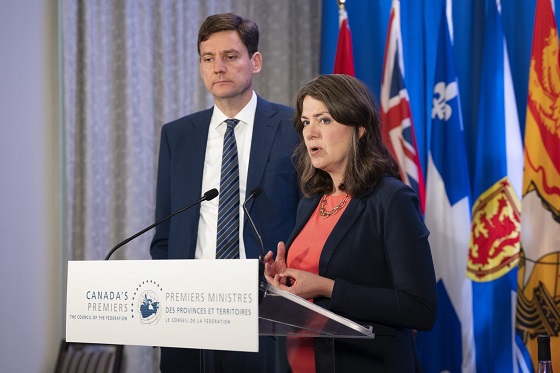
The memorandum of understanding just signed by Prime Minister Mark Carney and Premier Danielle Smith shows that Ottawa is open to new pipelines, but these are unlikely to come to fruition without British Columbia Premier David Eby’s sign-off, warns the MEI.
“This marks a clear change to Ottawa’s long-standing hostility to pipelines, and is a significant step for Canadian energy,” says Gabriel Giguère, senior policy analyst at the MEI. “However, Premier Eby seems adamant that he’ll reject any such project, so unless he decides not to use his veto, a new pipeline will remain a pipedream.”
The memorandum of understanding paves the way for new pipeline projects to the West Coast of British Columbia. The agreement lays out the conditions under which such a pipeline could be deemed of national interest and thereby, under Bill C-5, circumvent the traditional federal assessment process.
Adjustments to the tanker ban will also be made in the event of such a project, but solely for the area around the pipeline.
The federal government has also agreed to replace the oil and gas emissions cap with a higher provincial industrial carbon tax, effective next spring.
Along with Premier Eby, several First Nations groups have repeatedly said they would reject any pipeline crossing through to the province’s coast.
Mr. Giguère points out that a broader issue remains unaddressed: investors continue to view Canada as a high-risk environment due to federal policies such as the Impact Assessment Act.
“Even if the regulatory conditions improve for one project, what is Ottawa doing about the long-term uncertainty that is plaguing future projects in most sectors?” asks the researcher. “This does not address the underlying reason Carney has to fast-track projects piecemeal in the first place.”
Last July, the MEI released a publication on how impact assessments should be fair, transparent, and swift for all projects, not just the few favoured by Ottawa under Bill C-5.
As of July, 20 projects were undergoing impact assessment review, with 12 in the second phase, five in the first phase, and three being assessed under BC’s substitution agreement. Not a single project is in the final stages of assessment.
In an Economic Note published this morning, the MEI highlights the importance of the North American energy market for Canada, with over $200 billion moving between Canada and the United States every year.
Total contributions to government coffers from the industry are substantial, with tens of billions of dollars collected in 2024-2025, including close to C$22 billion by Alberta alone.
“While it’s refreshing to see Ottawa and Alberta work collaboratively in supporting Canada’s energy sector, we need to be thinking long-term,” says Giguère. “Whether by political obstruction or regulatory drag, Canadians know that blocking investment in the oilpatch blocks investment in our shared prosperity.”
* * *
The MEI is an independent public policy think tank with offices in Montreal, Ottawa, and Calgary. Through its publications, media appearances, and advisory services to policymakers, the MEI stimulates public policy debate and reforms based on sound economics and entrepreneurship.
-

 Agriculture2 days ago
Agriculture2 days agoHealth Canada indefinitely pauses plan to sell unlabeled cloned meat after massive public backlash
-

 Energy15 hours ago
Energy15 hours agoPoilievre says West Coast Pipeline MOU is no guarantee
-

 Carbon Tax19 hours ago
Carbon Tax19 hours agoCanadian energy policies undermine a century of North American integration
-

 Alberta16 hours ago
Alberta16 hours agoWest Coast Pipeline MOU: A good first step, but project dead on arrival without Eby’s assent
-
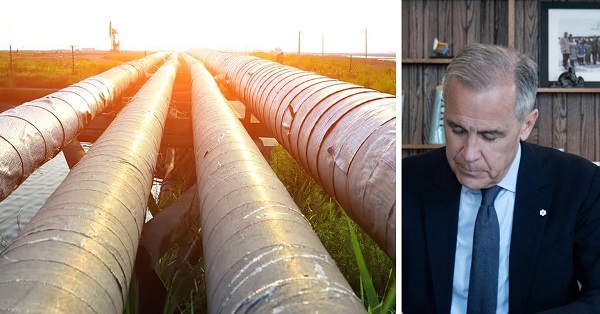
 Energy14 hours ago
Energy14 hours agoWill the New West Coast Pipeline MoU Lead to Results? Almost Certainly Not According to AI
-

 Alberta14 hours ago
Alberta14 hours agoCarney forces Alberta to pay a steep price for the West Coast Pipeline MOU
-

 Alberta18 hours ago
Alberta18 hours agoAlberta and Ottawa ink landmark energy agreement
-

 Crime2 days ago
Crime2 days agoFBI Seizes $13-Million Mercedes Unicorn From Ryan Wedding’s Narco Network





